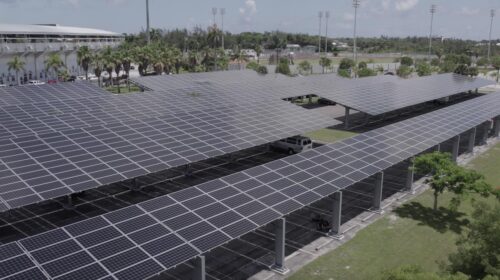
How the Storm-Ravaged Bahamas Can Be a Model for Resilient Energy
In 2017, Hurricane Irma slammed into Ragged Island at the southern tip of The Bahamas. The Category 5 storm destroyed the small island and wreaked havoc for its 100 residents. This was only one of multiple Category 4 and 5 hurricanes to hit The Bahamas in the past seven years, leaving thousands homeless, destroying electric grids, and devastating the tourism-based economy.
One of those hurricanes was 2019’s Dorian, the largest and most devastating storm to hit The Bahamas. It killed dozens of people, left almost 30,000 homeless and/or jobless, and caused $3.4 billion in damages, equal to one-quarter of The Bahamas GDP. It also led CBS 60 Minutes to run a special on the resilient energy systems being built in the Bahamas in response to these increasingly severe storms.
Former Bahamian Prime Minister, Honorable Mr. Hubert Minnis, was hopeful about the transformation of Ragged Island in Irma’s wake. He told 60 Minutes, “After Ragged Island was devastated, I made a statement: Let us show the world what can be done. We may be small, but we can set an example to the world.”
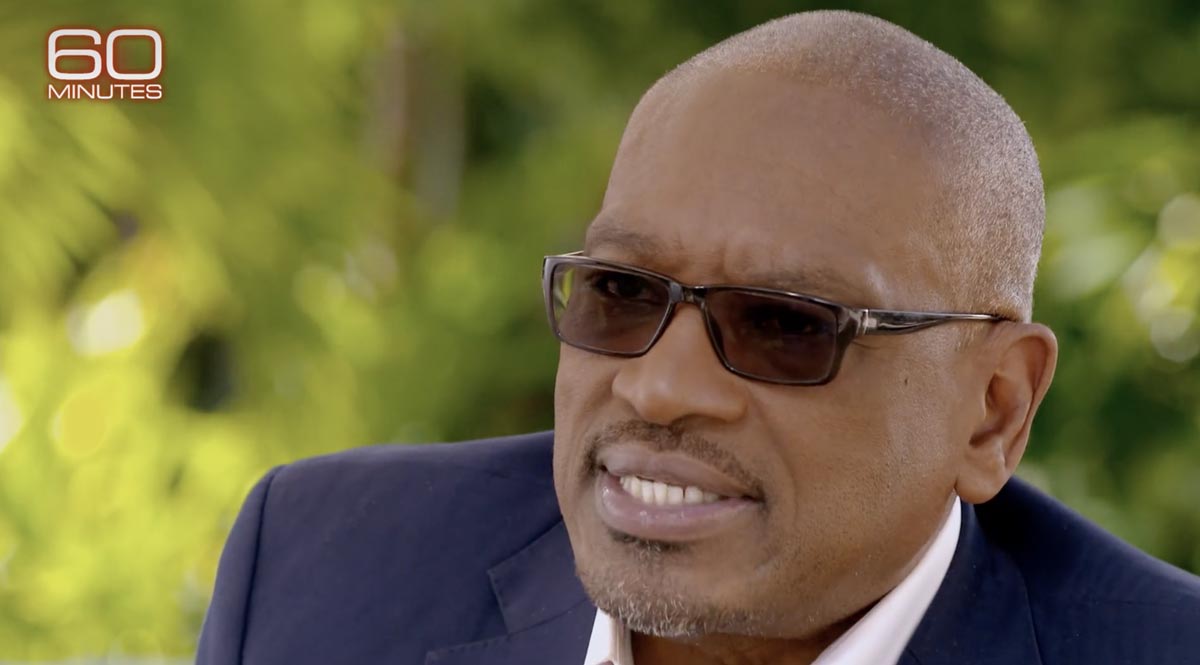
RMI helped the people of Ragged Island follow through on that statement, working with Bahamas Power and Light (BPL) to design, develop, and install a solar microgrid. A microgrid is a small network that generates electricity for local consumption, and can disconnect from the main grid so the lights can stay on when the central grid is down. The 390 kW Ragged Island microgrid provides renewable and resilient power to every home on the island.
The Bahamas is made up of nearly 700 islands, around 30 of which are populated. Many of the smaller “Family” islands, as they are called, are now following Ragged Island’s example. This week, CBS ran The Bahamas special again. And in just a little over two years, The Bahamas has become a model, proving out how other islands can become more resilient and reduce generation costs.
Building on the success of the Ragged Island microgrid, The Bahamas now has renewable microgrids on Highbourne Cay, Chub Cay, and Over Yonder Cay, totaling almost 6.5 megawatts of renewable power, enough to power 300 Caribbean homes. If you add that to the rooftop installations on residences, businesses, and government buildings, renewables now make up 8 percent of The Bahamas generation. While that’s a far cry from the nation’s goal of 30 percent by 2030, Christopher Burgess, project director for RMI’s islands program, believes The Bahamas will reach its goal. “The economics of solar versus diesel is now slam shut, solar has won and it’s just a matter of implementation, The Bahamas will get there,” he says.
And solar’s allure is rising as fast as the price for diesel — the islands’ main fuel for electricity. “The supply chain, global inflation, and the Ukraine invasion have all driven diesel prices through the roof. It has actually gone up by 60 percent since the beginning of the year,” says Burgess. “This has really illuminated what a great step the Ragged Island microgrid has been and how it can be a template for not just the rest of the Bahamian islands but also the rest of the Caribbean.”
The Cost of Electrifying Islands
Using diesel, generating power on the Family Islands in The Bahamas is extremely expensive. “The islands have very small, antiquated power systems. It’s 30 cents a gallon just to ship the fuel, on top of $6 per gallon to purchase it,” says Burgess. And because BPL subsidizes the price of electricity on the Family Islands, “[the utility] loses money on all those islands. There is absolutely no profit.”
The renewable microgrids help BPL reduce the subsidy, and its losses. “This isn’t saving customers money directly on their bill right now. And that won’t happen until you reach a critical point,” Burgess explains. “So this is the start of the renewable energy transition, that will eventually save the utility and customers money.”
Beyond The Bahamas
This surge in renewables is very exciting to Scott Pinder, who grew up in The Bahamas in the capital city of Nassau on New Providence Island. Even though not considered a Family Island, he remembers frequent power outages. “A week didn’t go by without some kind of outage, especially if there was any type of weather passing through,” he says. “Appliances would get damaged, and they would have to let us out of school sometimes because without generators, even the ceiling fans wouldn’t run, and it would get too hot.”
Pinder, a civil engineer, is now RMI’s on-island coordinator for The Bahamas. He is currently working on numerous projects on Abaco, an island where he spent many summers as a child. These include two microgrids, one on a government complex and medical clinic in Marsh Harbour, and one on a medical clinic in Coopers Town, as well as putting solar on three primary schools.
“BPL is now planning solar-plus-battery systems for critical sections of Abaco to reduce the cost of generation and provide the ability to decouple from the grid to keep critical segments, like hurricane shelters, clinics, and government services online during and after hurricanes,” Pinder says.
Burlington Strachan, chief operating officer with BPL, and also a participating Fellow in RMI’s Energy Transition Academy, says that BPL is investing in microgrids not only to help The Bahamas meet its national renewable energy goal, but also to improve energy security and reduce the cost of electricity production in the country.
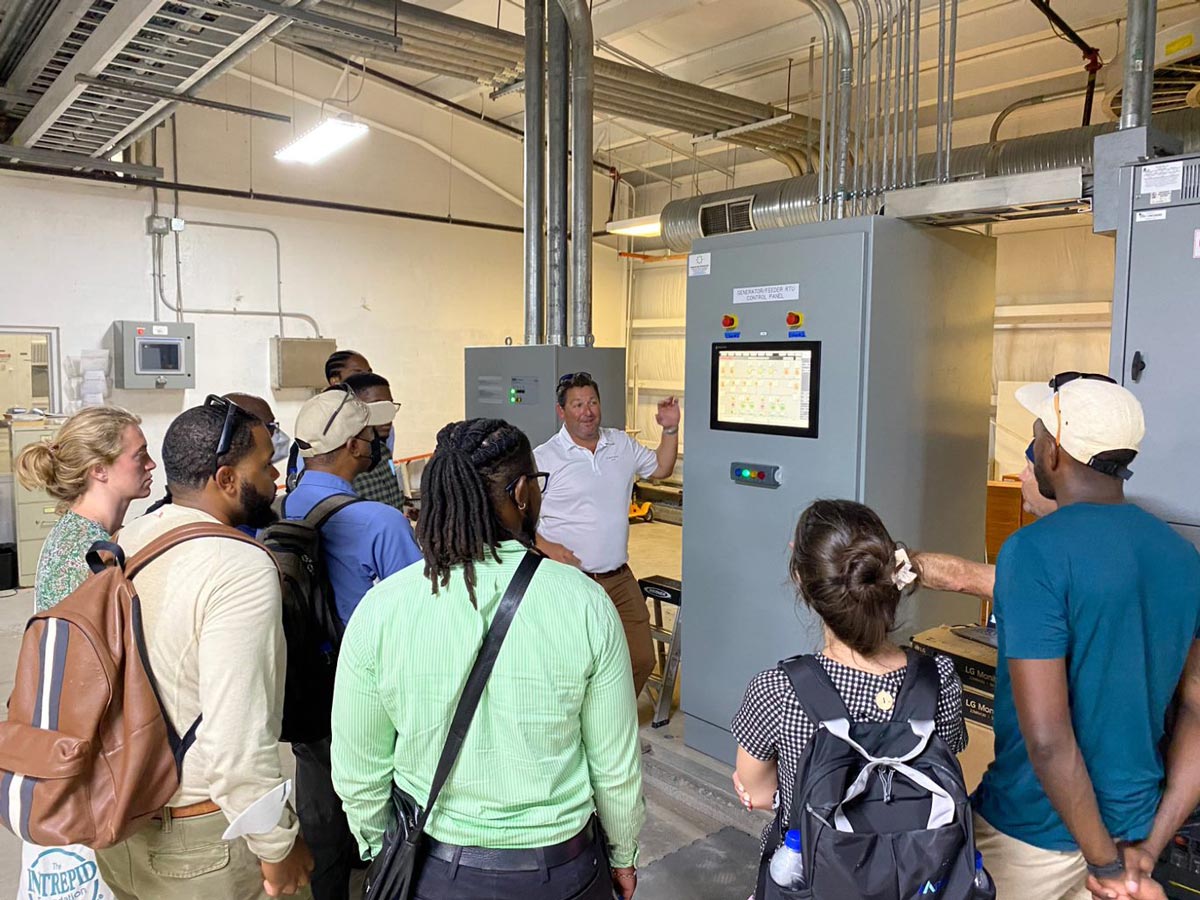
The two microgrids in Marsh Harbour and Coopers Town will provide a total of 3 MW of solar and more than 4 MW/hr of battery storage, saving BPL $1 million annually, while providing significant energy resilience and emergency power to health clinics and critical government facilities. And the three school systems will lower the energy costs of the schools while minimizing interruptions to school operations due to electricity outages. Plus, one of the schools will have a large enough system to be used as a community hurricane shelter.
Solar under Storm
David Gumbs is no stranger to hurricanes. Gumbs, a principal on RMI’s Global South program, grew up and still lives on the Caribbean island of Anguilla.
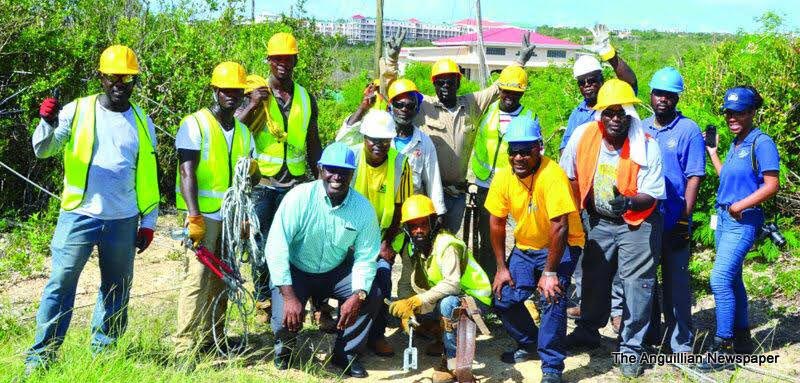
In 2017, he was huddled in his bathroom hoping to survive Hurricane Irma. At the time, Gumbs was also the CEO of the Anguilla Electricity Company, and had to figure out how to restore electricity to the devastated island. “Over the past 20 years, I’ve witnessed Category 2 and 3 hurricanes every two to three years. Then, we would be without power for a week,” he says. “But a Category 5 hurricane like Irma, which happens every 10 to 20 years, can leave us without power for at least 100 days.”
Unfortunately, Category 5 hurricanes are becoming more frequent. That is why Gumbs agrees that the Ragged Island microgrid can be a model for the rest of the Caribbean. Even though Ragged Island is small, its previous generation system was typical of an island grid, with one centralized generation plant and a distribution system going different directions across the island. “Now with the microgrid, Ragged Island is more resilient because you have two power systems, so it allows you to power at least a portion of the grid if a hurricane comes through,” he says. “Although the distances aren’t the same on larger islands, the concept is the same. And other islands can follow that lead.”
However, even solar arrays can be destroyed by hurricane-force winds. That is why the systems on The Bahamas are being built to withstand the powerful wind, driving rain, and sustained flooding of Category 5 hurricanes. Following hurricanes Harvey, Irma, and Maria, RMI sent teams to the Caribbean to evaluate the root failures of solar PV systems and key success factors of systems that survived. The teams then developed a list of recommendations to increase system resilience. These recommendations became a default set of best practices in the Caribbean. Ragged Island’s microgrid was the first designed to those standards.
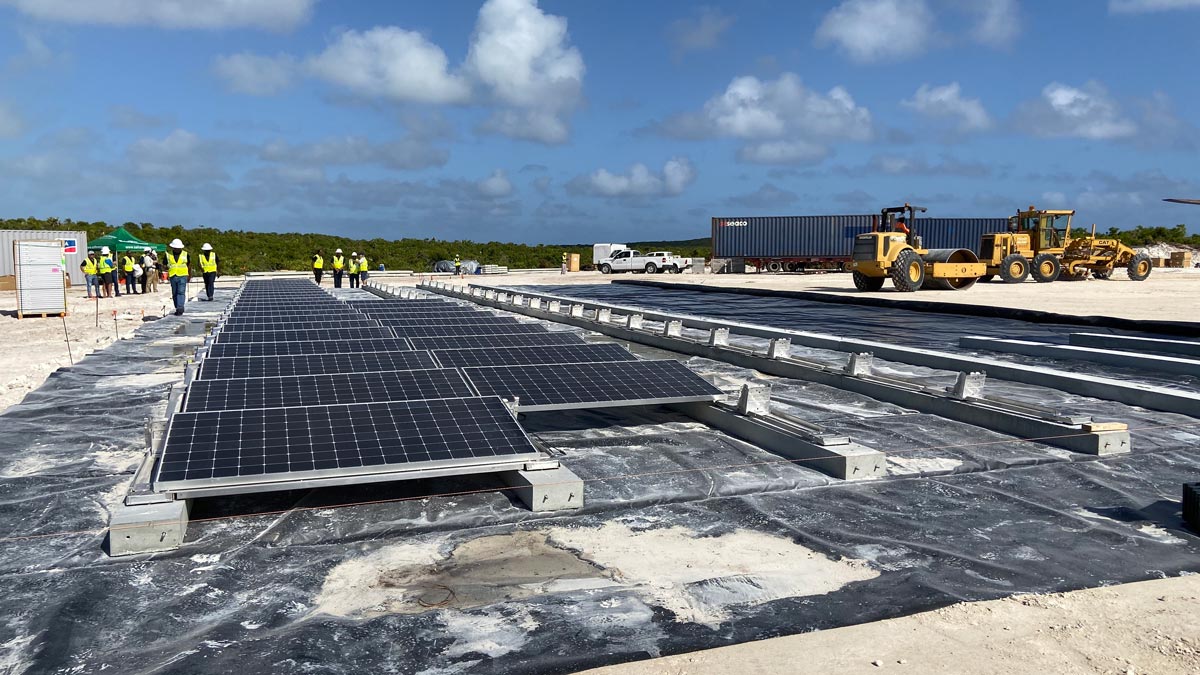
The recommendations include both technical and policy approaches. Solar panels are now bolted to the frame instead of using clamps to keep them from lifting off in high winds, foundations are strengthened with dual posts, and systems are reviewed by structural engineers. And the policy recommendations are being acted on as well. The Organization of Eastern Caribbean States adopted the best practices from RMI’s work into its building code. And the Caribbean Development Bank uses the recommendations as part of its underwriting process for the financing of solar projects.
According to Pinder, “Ragged Island was the test case for designing and installing microgrids to the standards that we’re hoping will withstand a Category 5 storm. There have been lessons learned, and we’re now looking at doing more of that in the country.” In fact, all the microgrids installed since have been built to those standards.
Accelerating the Energy Transition
These renewable energy systems are providing more than just resilience. “The Bahamian people have been suffering for many years with subpar service and exorbitant prices,” Pinder says. “These projects are not only providing us reliable electricity, but by putting renewable energy back on to the grid, they’re going to help stabilize and bring the price of our electricity down.”
“Ragged Island was just the beginning,” says Strachan. “With the right support internally and externally, combined with new and improving technology, the energy landscape and future of our multi-island nation can truly change for the better in many ways.”
And that journey can extend to the rest of the Caribbean and beyond.